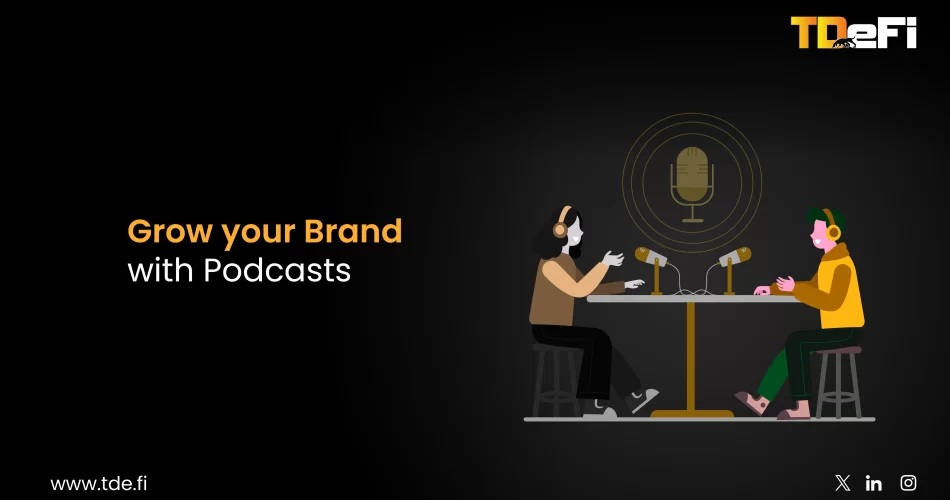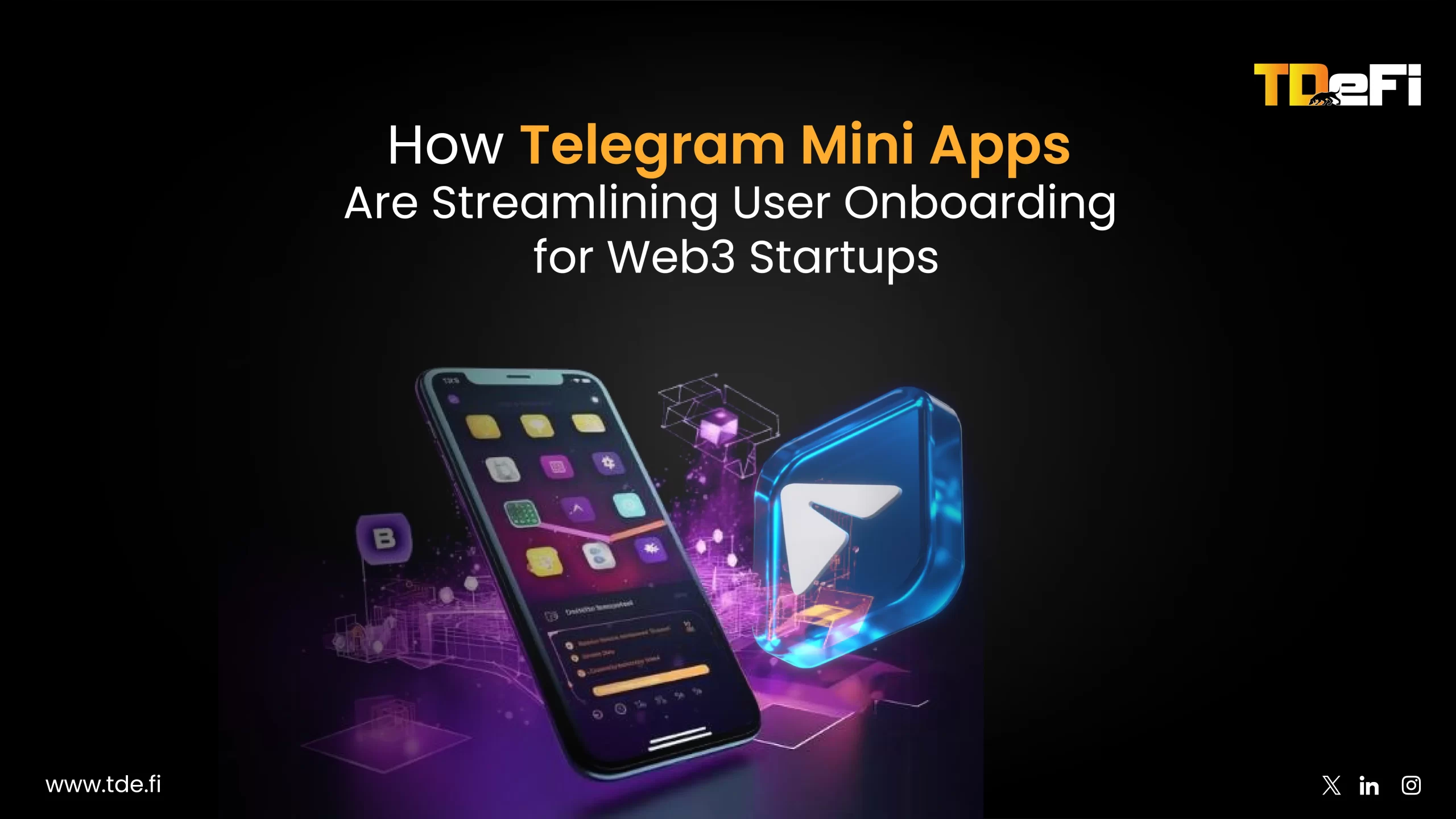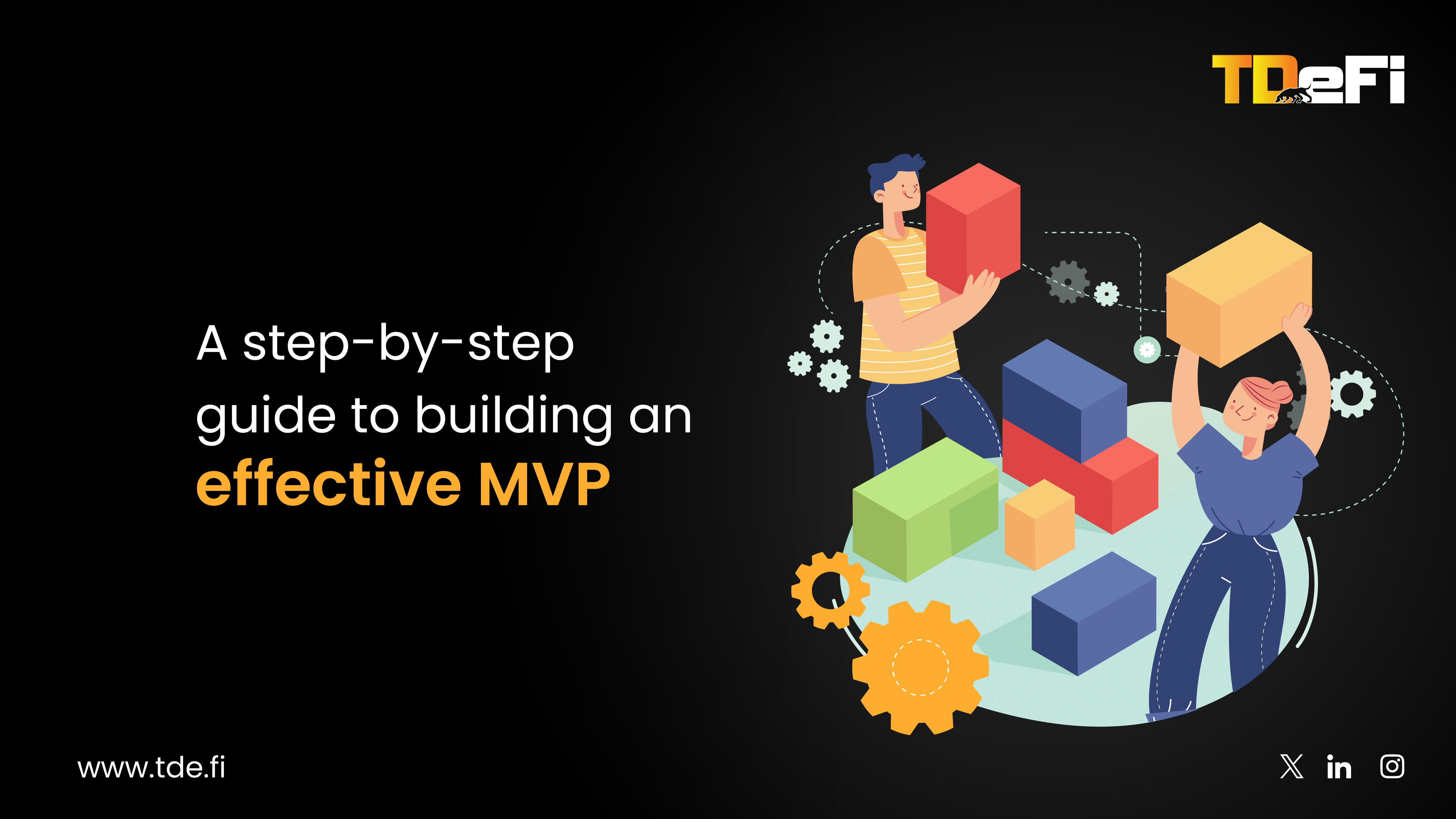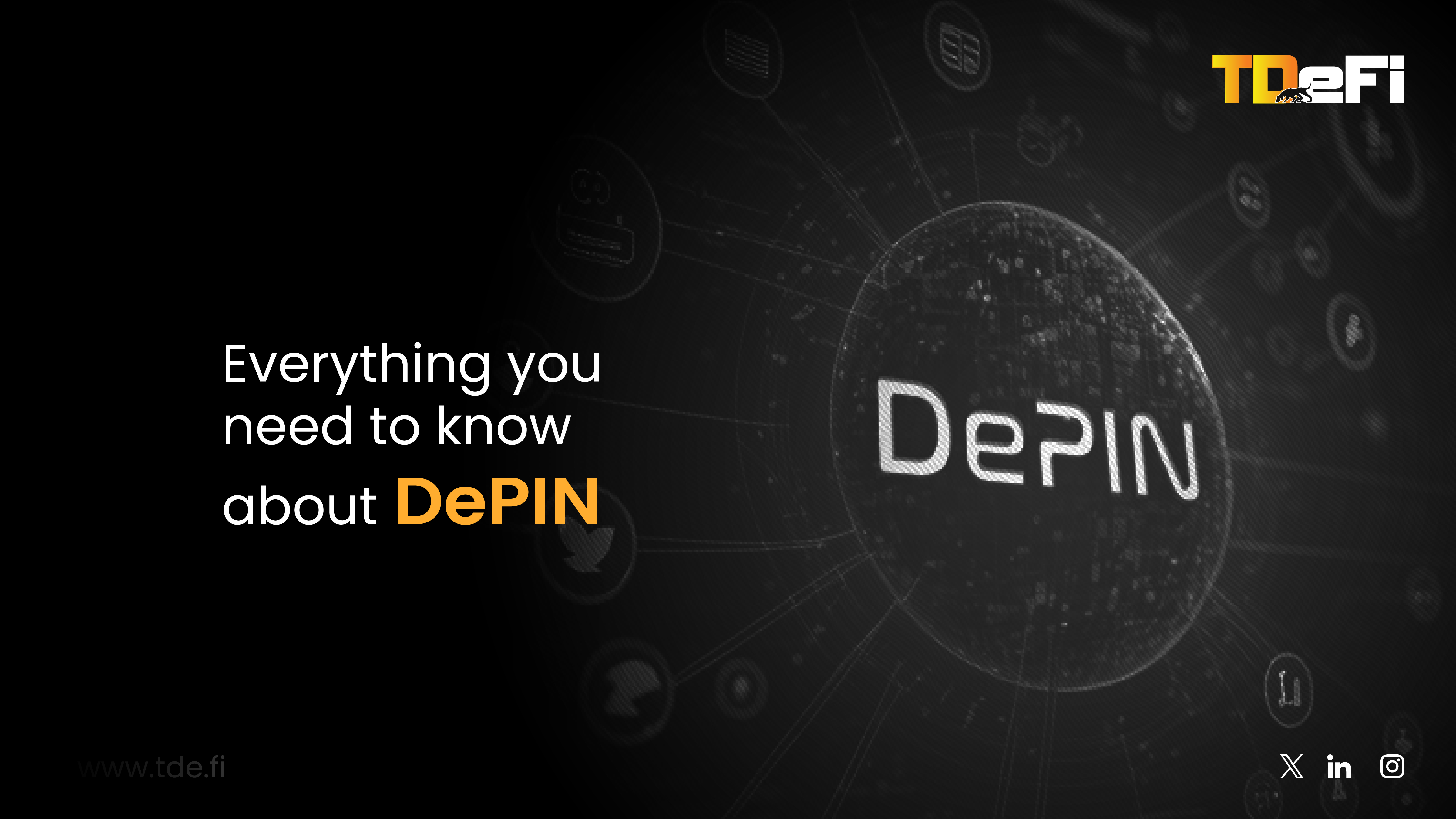Numbers don’t lie: over 546 million podcast listeners worldwide, a market valued at approximately $36.67 billion, and a projected 30.1% compound annual growth rate (CAGR) through 2028. In Web3, where innovation gallops at the speed of thought, founders, investors, and marketers are constantly seeking new ways to connect with their audience. Right now, podcasts are topping the charts as one of the most strategic tools for establishing a presence in the decentralized world. By instilling a sense of belonging and creating communities around shared values, podcasts offer an intimate platform for establishing thought leadership through knowledge and storytelling. This blog explores how Web3 businesses can leverage podcasts to diversify their content, drive engagement, build trust, and create a lasting impact.
Why Podcasts Are Essential for Web3 Businesses
Podcasting is a human bridge in the technological wilderness. In the complex Web3 space, where attention is the scarcest resource, founders often feel isolated in this complex space, searching for meaningful connections beyond code and algorithms. Your podcast becomes a powerful strategic vehicle to share human experiences, transforming cold technological narratives into vivid stories of ambition, innovation, struggle, breakthroughs, and collective wisdom. Here’s why they are essential for Web3 businesses:
- Amplify thought leadership & build trust: In a space where information and misinformation collide like tectonic plates, podcasting emerges as a medium for conveying ideas with clarity and nuance. More than just a platform for self-promotion, podcasting in Web3 is about translating complex blockchain concepts into compelling, easy-to-understand insights. The conversational intimacy of podcasts allows founders to candidly discuss their vision and share unfiltered perspectives, transforming otherwise anonymous projects into human-centered narratives of innovation.
The Unchained podcast by Laura Shin exemplifies how podcasting can thoroughly explore the philosophical and technological foundations of the industry. By interviewing experts from diverse domains like finance, law, and technology, Shin breaks down complex blockchain concepts with remarkable clarity, striking a delicate balance between beginner-friendly content and in-depth technical analysis.
- Fuel engagement and community growth: Web3 is inherently community-driven, and podcasts have emerged as interactive ecosystems transcending traditional one-way communication. It’s where ideas converge, evolve, and drive innovation. By strategically leveraging podcasts for engagement, founders can turn passive listeners into active participants.
The Bankless podcast takes this approach, turning its community into a powerful network of informed, passionate participants. Each episode becomes an invitation to engage deeply with content, challenge existing narratives, and co-create the broader Web3 conversation. The ambition extends far beyond growing the audience—it’s about spearheading a movement where each listener becomes a potential collaborator, investor, or an advocate for your project.
- Simplify complex concepts: Web3 is full of technical jargon that can overwhelm even the most tech-savvy enthusiasts. Unlike longer written content or social media posts, long-form audio provides the space to explore Web3 topics with depth and engaging stories. The Building Web3 podcast exemplifies this approach, breaking down intimidating topics like account abstraction, interoperability, and digital finance into bite-sized, relatable insights for human-centered understanding.
By explaining blockchain and Web3 mechanics in conversational language, podcasts inform and empower listeners to become active participants in the decentralized ecosystem.
- Reach your audience where they are: Podcasts seamlessly fit into the busy lives of founders, investors, and tech enthusiasts. They can be enjoyed on the go, during commutes, workouts, or complex tasks, making them highly accessible. By delivering valuable content in a convenient format, founders can expand their reach and impact. According to a recent article by Backlinko, over 70% of US weekly podcast consumers choose smartphones for podcast listening, transforming idle moments into opportunities for learning and strategic thinking. This accessibility ensures your content reaches listeners precisely when they’re most receptive, bridging the gap between information and action in the ever-evolving Web3 space.
A quick-start guide for your podcast journey
Step 1: Defining your Web3 podcast narrative and architecture
Niche and narrative
- Identify your Web3 niche: Web3 is a vast spectrum of innovation. Instead of trying to cover everything, focus on a specific area. Are you passionate about DeFi protocols and their potential? Do you see the future of art and creativity in the metaverse and NFT marketplaces? Or are you fascinated by the intersection of blockchain and AI? Honing in on a niche not only establishes your expertise but also attracts an audience seeking specialized knowledge.
- Understand audience pain points: The Web3 audience is a sophisticated group comprising developers, investors, entrepreneurs, and enthusiasts who seek solutions to real-world challenges. To capture their attention, you must address their most pressing concerns. Are they grappling with understanding smart contract security? Are they seeking clarity on the evolving regulatory landscape for DAOs? Or perhaps they’re looking for insights into building sustainable tokenomics models? By directly addressing these pain points, you position your podcast as an indispensable resource for solving real-world problems.
- Humanize your content: While Web3 is a highly technical field, it’s important to remember the human element. Infuse your podcast with authenticity and personality. Share your own unique insights and tell engaging stories. Whether you have a casual conversational style or a more thought-provoking approach, let your genuine voice shine through. This will help humanize your brand, build trust with your audience, and encourage a sense of community—factors critical for Web3 success.
Step 2: Equipment setup essentials
- Microphone: For beginners, the Blue Yeti Professional USB Microphone is a popular choice due to its plug-and-play convenience and excellent sound quality. It offers multiple recording patterns that make it versatile for solo or group recordings. As your podcast grows, you may want to upgrade to professional-grade microphones like the Shure SM7B or Electro-Voice RE20, which deliver studio-quality sound but require an audio interface for more control and customization.
- Recording platform: Choosing the right recording platform depends on your budget and specific needs. Riverside.fm offers high-quality local recording, ensuring crisp audio even with remote guests. Alternatives like Zencastr provide simplicity and ease of use, while SquadCast offers advanced features like multitrack recording and video integration.
- Editing software: For beginners, Audacity is a free, open-source option that provides basic editing tools such as background noise removal and audio trimming. As you become more experienced, you can switch to Adobe Audition, which offers advanced features like noise reduction, equalization, and mastering for professional-grade audio processing.
- Hosting: Start with Spotify for Podcasters (formerly Anchor), a free platform that simplifies hosting and distributing your podcast across major platforms like Apple Podcasts and Google Podcasts. As your podcast grows, consider migrating to paid hosting providers like Libsyn or Buzzsprout, which offer advanced analytics, monetization options, and more control over your content.
Step 3: Technical considerations
Here are key technical considerations to ensure your podcast stands out:
- Audio quality: Your podcast’s audio quality speaks volumes about your brand. Aim for a minimum of 48kHz, 16-bit recording, which ensures crisp and clear sound that resonates well with listeners. Poor audio can be distracting and may lead to listener drop-off, regardless of how insightful your content is.
- Episode length: In the fast-paced world of Web3, attention spans are limited. Aim for episodes that are between 30-45 minutes—long enough to dive deep into complex topics but short enough to keep your audience engaged. This sweet spot allows you to cover subjects like decentralized finance (DeFi) or NFTs without overwhelming your listeners.
- Consistent release schedule: Consistency is key in building a loyal audience. Whether you choose a weekly or bi-weekly release schedule, stick to it. A predictable schedule helps establish trust with your listeners, ensuring they know when to expect new content from you. According to Buzzsprout, 34% of podcasters release episodes every 3-7 days, which has proven effective for maintaining engagement. This version is grammatically correct and flows smoothly while maintaining clarity and authority in tone. Let me know if you’d like any further adjustments!
Creating an engaging, professional-quality audio experience is critical for building a flourishing podcast. These essential steps ensure your listeners enjoy a seamless, immersive experience every time they tune in.
Closing thought
It’s often said that the future of Web3 will be built not only on technology but on stories, shared experiences, and the communities we nurture. In a field led by algorithms and code, the human element is still the most powerful differentiator. For Web3 founders, podcasts offer a unique opportunity to engage with audiences and potential customers in an immersive, personal way. Your authentic voice, unique insights, and ability to build meaningful connections will distinguish you in this fast-evolving space.
Every time you hit “record,” remember: the decentralized ecosystem isn’t just about changing how we transact—it’s about how we connect, communicate, and co-create value. And your voice is the bridge that brings people together.





